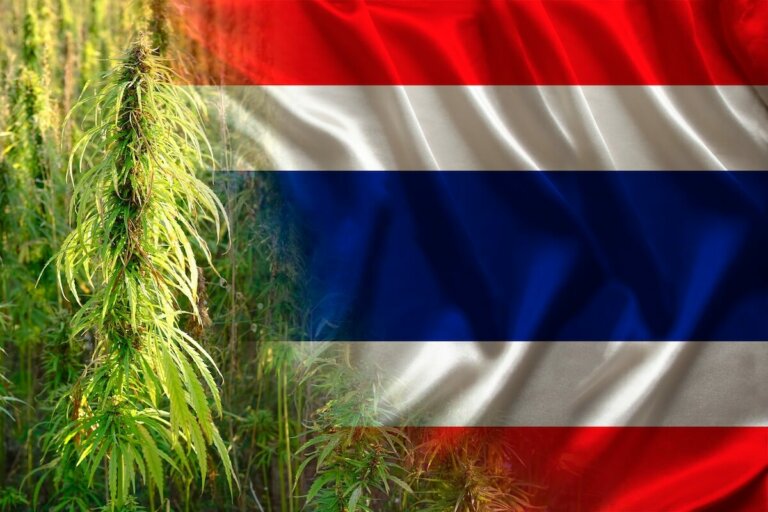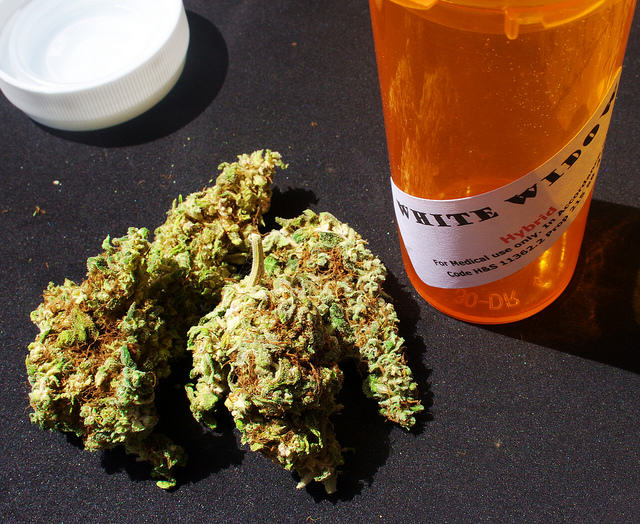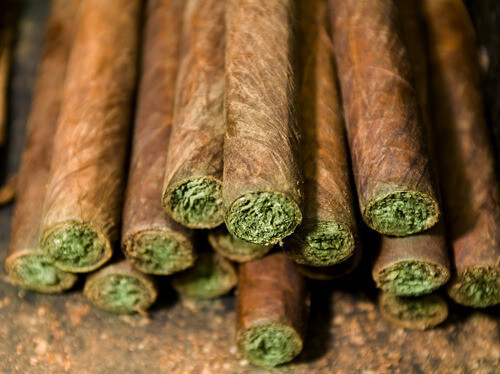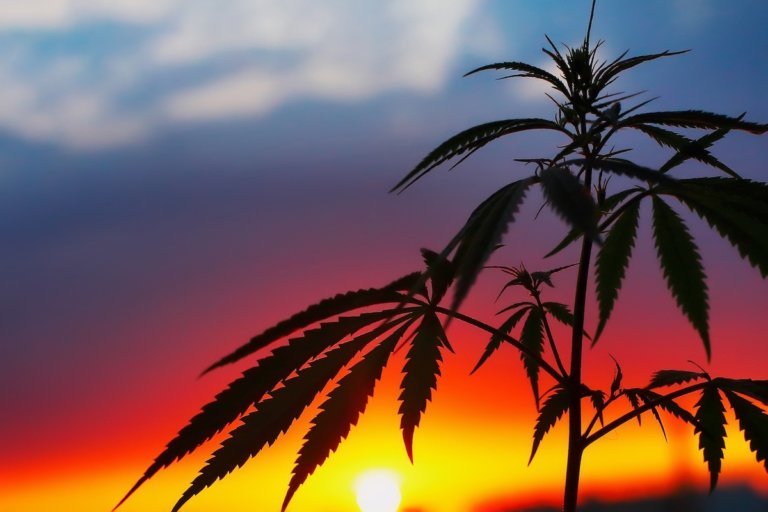Origins of cannabis cultivation
List of contents
Where did cannabis originate?
Mankind and cannabis have maintained a close relationship throughout the History. Although scientific and archaeological evidence allows us to estimate the date and place where it originated, it is difficult to establish its exact place - and time - of origin.
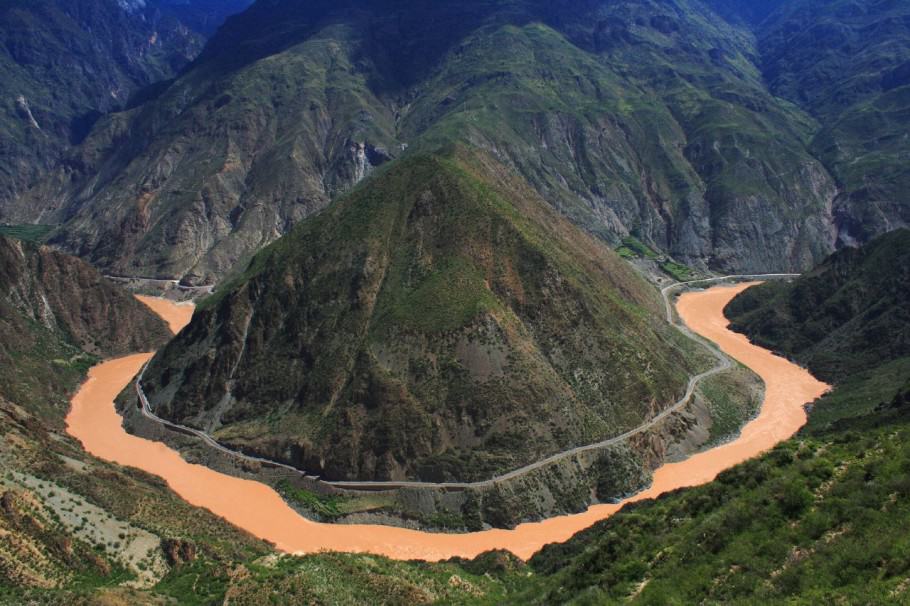
Different researchers have proposed three possible places of origin of the cannabis plant:
- China: Along the Yellow and the Yangtze Rivers (Li 1974b). The first remains of the use of hemp have been found in China in the form of a fiber, as well as the oldest paper sample of the history, which also contains cannabis fibers. Some of the earliest records of the use of hemp also come from this country. It has been found that ancient Chinese treatises of medicine already distinguished between ‘ma fen’ (psychoactive seed) and ‘ma tze’ (non-psychoactive seed).
- Central Asia: From the Caucasus to the Altai Mountains (De Candolle 1882). The neighboring region to the Takla Makan desert has been proposed as the birthplace of this plant, since from there it could have easily spread into three directions: East towards China, South to India and West towards Europe. Vavilov (1931) suggests that cannabis might have its origin in the northern part of Afghanistan and the Hindu Kush mountains.
- South Asia: Along the foothills of the Himalayas and the Hindu Kush mountains (Sharma, 1979). The great diversity of varieties and uses of cannabis in this area makes of this a more than likely area of origin of this plant. According to Linnaeus, Cannabis Sativa would come from India.

Be that as it may, we observe that, in spite of the difficulty of locating the exact origin of cannabis, it seems clear that it comes from Asia and that from this area it then spread to the rest of the world mainly thanks to the various trade routes and successive invasions. Evidence seems to indicate that it was in China and India where cannabis was first grown by humans.
When did cannabis originate?
There are several paleo botanical evidence of hemp found in dated archaeological contexts: cannabis seeds, pollen grains, fibers, prints, etc. It isn’t hard to find evidence of the different uses given to hemp in China during the period between 6,000-8,000 BC. Researchers suggest that cannabis was one of the first plant species to be grown in a controlled manner by humans, an activity that was initiated around 10,000-12. 000BC.
We also have indicators of the use of cannabis oil and seeds as food in the year 6000 BC, also of its use as fiber to make textile products already in the year 4000AC.

It seems that Chinese emperor Fu Hsi (2,900AC) had already made mention of the Ma (chinese word for cannabis) as medicine, but it isn’t until 2.737BC when we find the first written register on the medicinal use of cannabis within the pharmacopoeia of Shen Nung, one of the fathers of the Chinese traditional medicine.
The evolution of cannabis cultivation
As we have seen, our beloved plant has been grown ever since humans started farming. Its first uses were primarily as food, although ancient people also took advantage of both its fibres - for the production of cloth - and its medicinal properties to alleviate their ailments.
Through the centuries and from Asia, cannabis spread to the middle East (the Scythians brought it to this area around the year 2. 000BC spreading it into Russia, while Zoroaster already classified it as the most important between 10,000 medicinal plants in the year 700BC) and from there into Africa (around the year 700) and Europe. In 1150 the Muslims built the first paper mill in Europe; most of the paper manufactured over the next 850 years was made of cannabis.
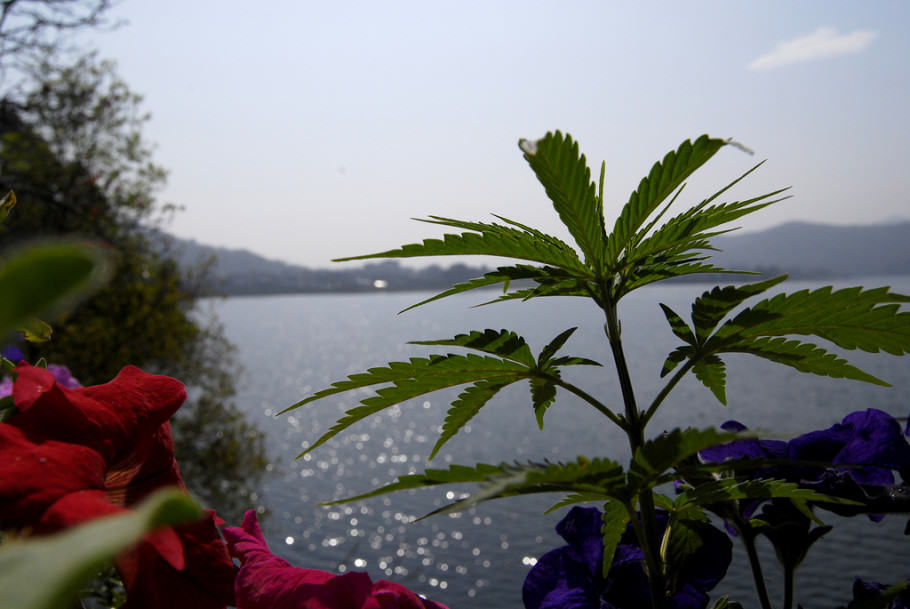
During the XVI century the Spaniards took cannabis to Chile (1545) and Peru (1554), while in the following century the Britons spread it to Canada and began farming it in Virginia. It soon became an essential cornerstone of the economy in the American colonies during centuries.
In 1753, Carl Linnaeus classified hemp as Cannabis Sativa L. whereas in 1783 Jean-Baptiste Lamarck added a second species, Cannabis Indica. A third species, less common than the previous ones, was classified by Russian botanist D.E. Janischevisky as Cannabis Ruderalis in 1924.
Approximately in the decade of the Great Depression (1930), the war against marijuana was started in the United States, with absurd examples such as the famous film Reefer Madness (1936) or the first detention for the sale of cannabis in the history of the country (Samuel R. Caldwell, on October 2, 1937). In 1942, cannabis was excluded from the American pharmacopoeia and the medical use of marijuana was no longer recognized throughout the territory of the United States. From here, the number of countries in which this plant was outlawed skyrocketed, in proportion to the requests of many companies related to health and medicine to stop these policies.
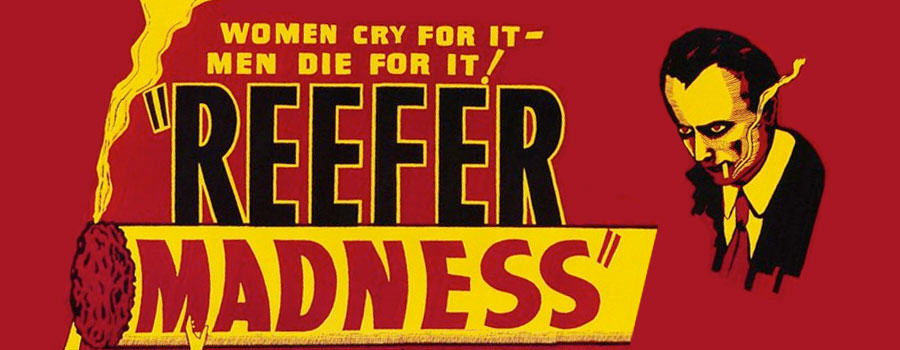
This hard bargaining continued for years; in 1964, Doctor Raphael Mechoulam - professor of Medicinal Chemistry at the Hebrew University of Jerusalem - became the first one to identify THC as the main psychoactive component of cannabis. He was also the first one to synthesize it. A few years later, on June 17th 1971, President Richard Nixon declared the socalled War on drugs, which he extended across the whole planet.
Until our days, in which we are living an true green revolution at a global level, one of the only countries which came out in defense of the cannabis of marijuana was the Netherlands, which decriminalized cannabis in 1976 creating a network of Coffee-Shops that still supplies customers today, although being increasingly controlled and restricted by the government.
As you can see, cannabis was an inseparable companion of humanity possibly since the Neolithic period. The nonsense of this already recent ban is more than obvious when one studies the history of this wonderful relationship, which has led mankind to benefit from its many uses, both for industrial, medicinal, spiritual or recreational purposes.
Best vibes!































































